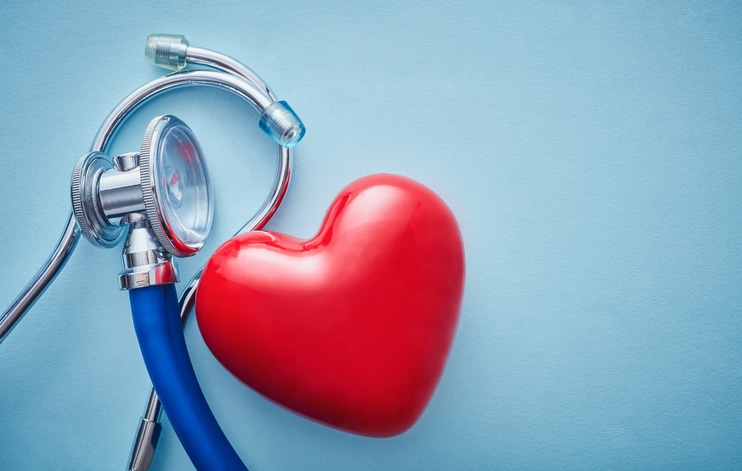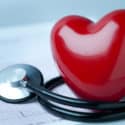
What’s the difference between sudden cardiac arrest and a heart attack? What causes these conditions? And what’s the best way to prevent them? It’s time we get familiar with the facts. According to the CDC, heart disease is the leading cause of death for men and women. In addition, it is the leading cause of death for most racially diverse and ethnic groups in the United States. As a result, one person dies every 37 seconds in the United States from cardiovascular disease. Consequently, about 647,000 Americans die from heart disease each year. That’s approximately 1 in every 4 deaths.
What’s the difference between cardiac arrest and heart attack?
- A heart attack is caused by impeded blood flow through the heart. Sudden Cardiac Arrest is caused by a structural or electrical problem. This is often from an unknown heart condition. In other instances, it could be from an infection or a severe blow to the chest.
- In contrast, in the event of a cardiac arrest, the heart actually stops beating. On the other hand, with a heart attack, the heart normally continues to beat. This happens even though the blood supply to the heart is disrupted.
- The following are symptoms of a heart attack:
- Chest pain
- Spreading of chest pain to other areas, most commonly to the arms, jaw, neck, back, and abdomen
- Shortness of breath
- Coughing
- Wheezing
- Feeling or being sick
- Anxiety
- Light-headedness or dizziness
- Sweating
- Weakness
- Palpitations
- The following are symptoms of a cardiac arrest:
- Sudden loss of consciousness/responsiveness
- No breathing
- No pulse
What causes each condition?
- The following are potential causes of cardiac arrest.
- Ventricular fibrillation
- Ventricular tachycardia
- Coronary heart disease
- Changes in the heart structure
- Pacemaker failure
- Respiratory arrest
- Choking
- Drowning
- Electrocution
- Hypothermia
- The dramatic drop in blood pressure
- Drug abuse
- Excessive alcohol consumption
- Heart attacks are generally caused by one main factor, which is coronary heart disease. Those most at risk of coronary heart disease include:
- Smokers
- Those who eat an unhealthy diet – one that is high in saturated fat
- Those with high blood pressure
- Those with diabetes
- Overweight or obese people
- People who do not exercise frequently
- Those with a family history of heart disease
- People who have been exposed to air pollution, particularly traffic pollution
Most heart disease can be prevented with healthy lifestyle choices. However, it’s still the number one health threat in the world. So how do you prevent heart attacks or cardiac arrest?
- Following a heart-healthy lifestyle can help you lower your risk for CHD, SCA, and other heart problems. Examples of a heart-healthy lifestyle include:
If you or a loved one is experiencing symptoms of a heart attack or cardiac arrest, immediately call 9-1-1. If you choose to drive, head to the nearest emergency room. You should not visit MainStreet Family Care if you or someone you love is experiencing symptoms of cardiac arrest or a heart attack.






